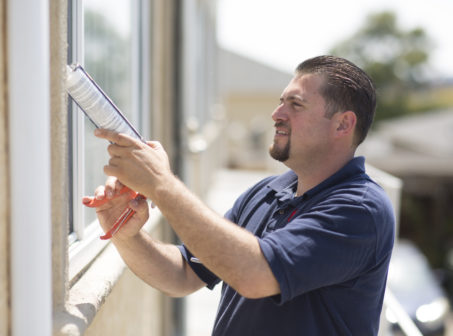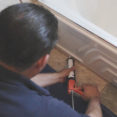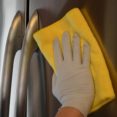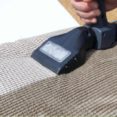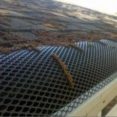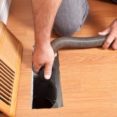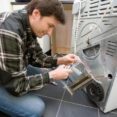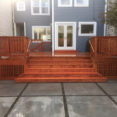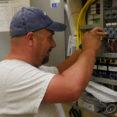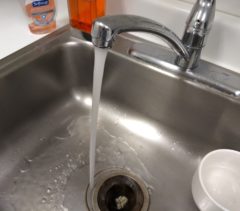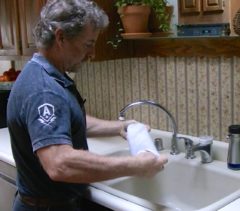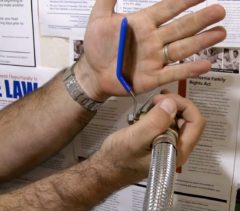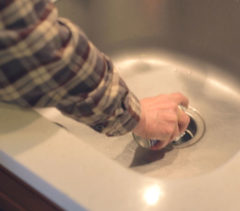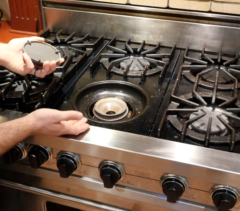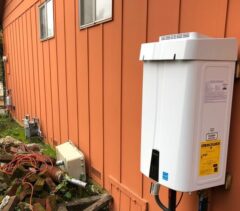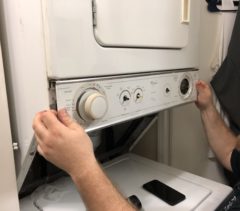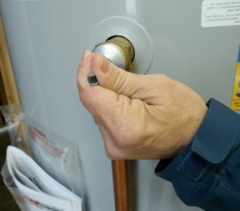
DIY Water Heater Maintenance
NOVATO — A crucial aspect of plumbing system maintenance is to drain your water heater’s tank at least once a year. This is important because of all the sediment in the water, which tends to collect and sit at the bottom of the tank. If you don’t flush the tank regularly, your water heater will gradually become less efficient and may even develop a leak at its base.
Fortunately, flushing your water heater’s tank isn’t difficult. Just follow these steps:
1. Shut off water to the unit. Locate the shut-off valve (usually on top of the tank) and turn it to the “off” position (since it’s already “on,” just turn it all the way in the opposite direction).
2. Turn on the hot water to a faucet in your house. This will prevent the water line from becoming air locked as you drain the tank.
3. Connect a garden hose to the hose bib at the bottom of the tank and extend it all the way outside to your garden or driveway. Open the valve to let the water drain out (you may need a screwdriver for this). Make sure there aren’t any kinks in the hose and the water is draining correctly.
4. Open the temperature and pressure (T&P) valve on the side of the tank; this will create air in the system and help push the water out.
5. Wait 10 to 15 minutes and look at the color of the water. At first, the water will come out milky due to all the sediment, but after a while it should clear up. Once you see the water is coming out clear, proceed to the next step.
6. To finish, turn off the drain valve and the T&P valve, disconnect the drain hose and turn on the cold water supply. To prevent the line from becoming air locked while the tank is refilling, leave the faucet on inside your house until it’s refilled (better yet, turn on the hot water to a few more fixtures). Once the water starts coming out of your faucets again, you should be good to go.
